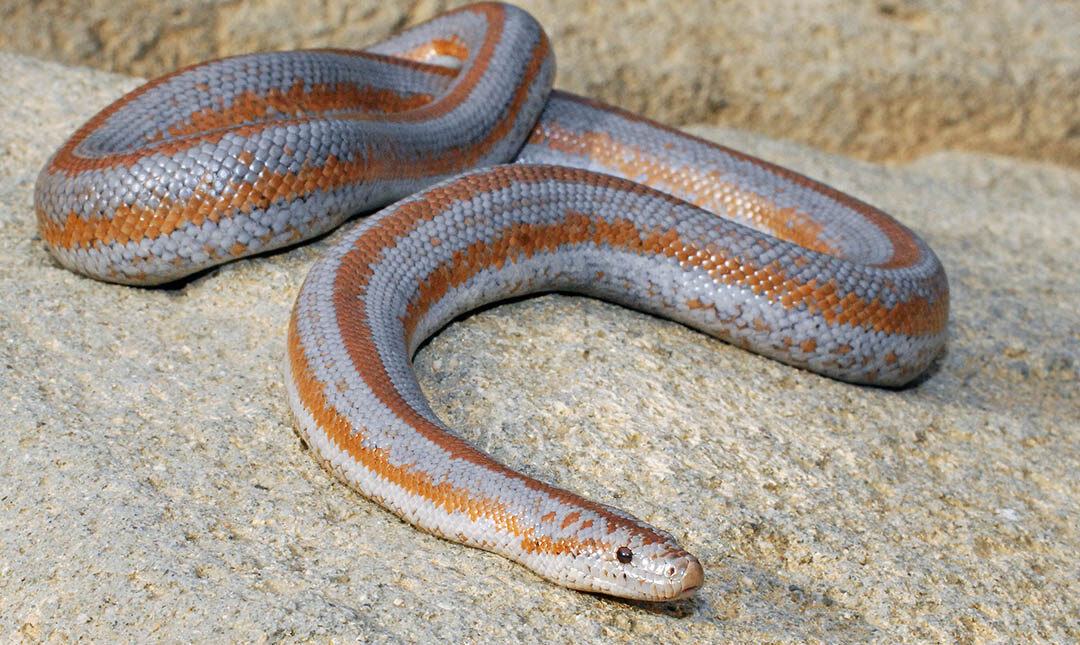Rosy boa Things To Know Before You Buy
Rosy boa Things To Know Before You Buy
Blog Article

Arrange a safe enclosure that’s at least three times your snake’s length, Outfitted with multiple hiding spots and climbing alternatives employing cork bark, branches, and synthetic plants.
Most KSB keepers use aspen shavings – they’re not dusty, straightforward to avoid for the duration of feeding time, and simple to spot clear as essential. Aspen shavings also are very affordable and available.
They are not recognized to Chunk people today Except if provoked. This species tends to make a great pet snake because it isn't intense or venomous.
On the other hand, a newspaper may possibly result in some discomfort in your reptile because of its tough texture and cannot be recycled.
You’ve received a fresh rosy boa neonate? Congrats! Their initially feeding is critical. Right here’s the lowdown:
Sad to say, Wooden shavings don’t enable you to raise the substrate’s moisture level to duplicate what Kenyan Sand Boas would naturally encounter in the wild. Aspen rots and molds promptly when exposed to moisture.
Becoming terrestrial and semi-fossorial, Kenyan Sand Boas aren’t very good at balancing or utilizing their tails to anchor them selves.
Extra humidity can cause health problems, like respiratory bacterial infections, so it’s best to help keep their atmosphere dry and supply water sparingly.
These secretive serpents nevertheless reap the benefits of small-intensity UVB exposure to regulate their working day/evening cycles and aid vitamin D3 synthesis.
The boa will start to wrap its entire body all over its prey, squeezing right up until the prey stops struggling, after which you can swallow it headfirst.
Kenyan Sand Boas site obtained from respected breeders will often be more healthy than kinds that have endured the worry of living in a pet keep, getting handled by several opportunity customers, and remaining exposed to dozens or maybe many hundreds of other, possibly sick reptiles. Kenyan Sand Boas are frequent in captivity.
Rosy boas are constrictors, that means they wrap their bodies all-around their prey and squeeze until it suffocates or dies from insufficient oxygen. They consume little birds and rodents, but may even try to eat other snakes together with venomous kinds like rattlesnakes.
The pink stripes they come with are in all probability the reasons why they have the “rosy” description inside their name.
Because the lights dim on your own Rosy Boa’s day, it’s crucial that you replicate a natural setting and maintain nominal humidity concentrations, much like how ball pythons prosper in a bioactive setup natural environment. Ensure negligible humidity amounts